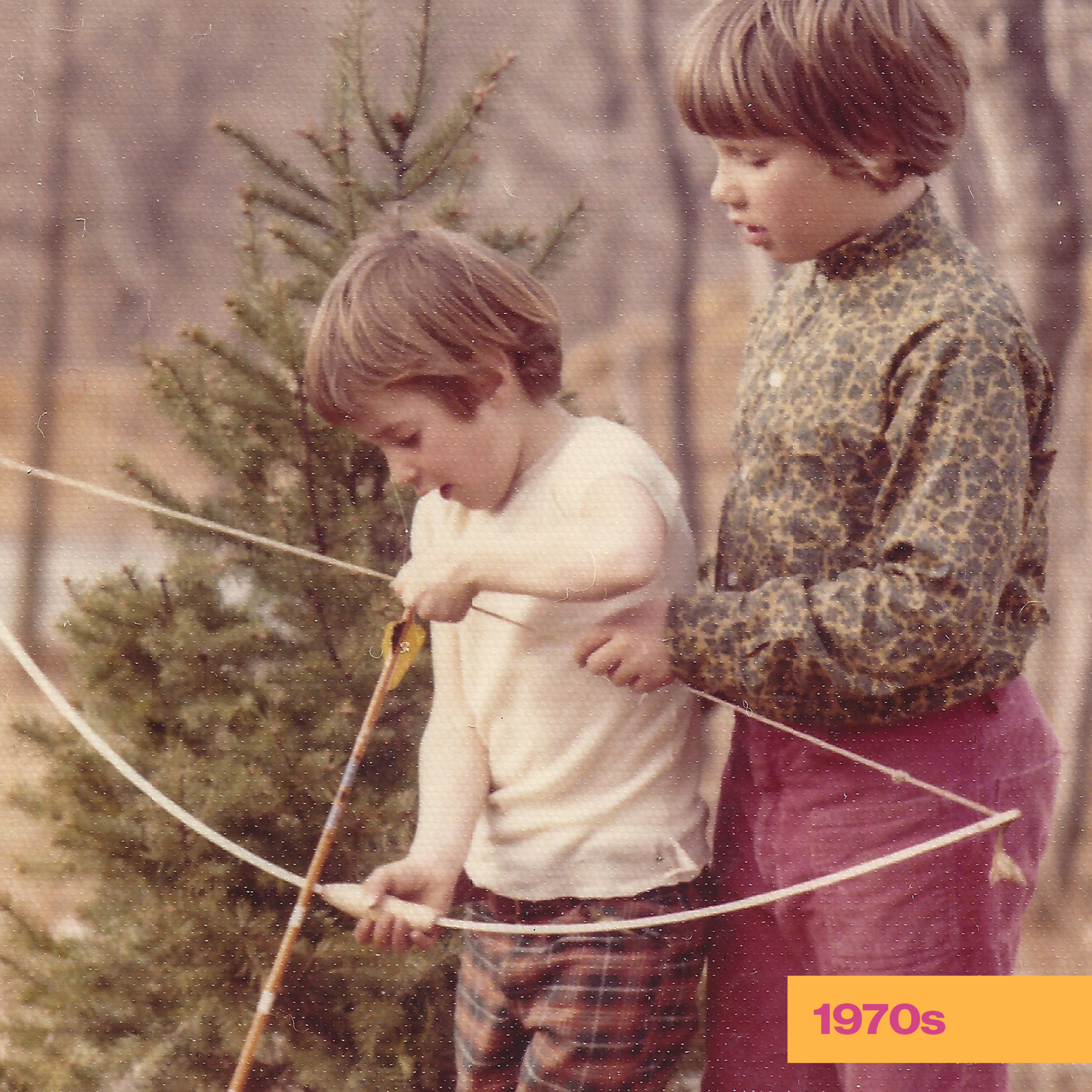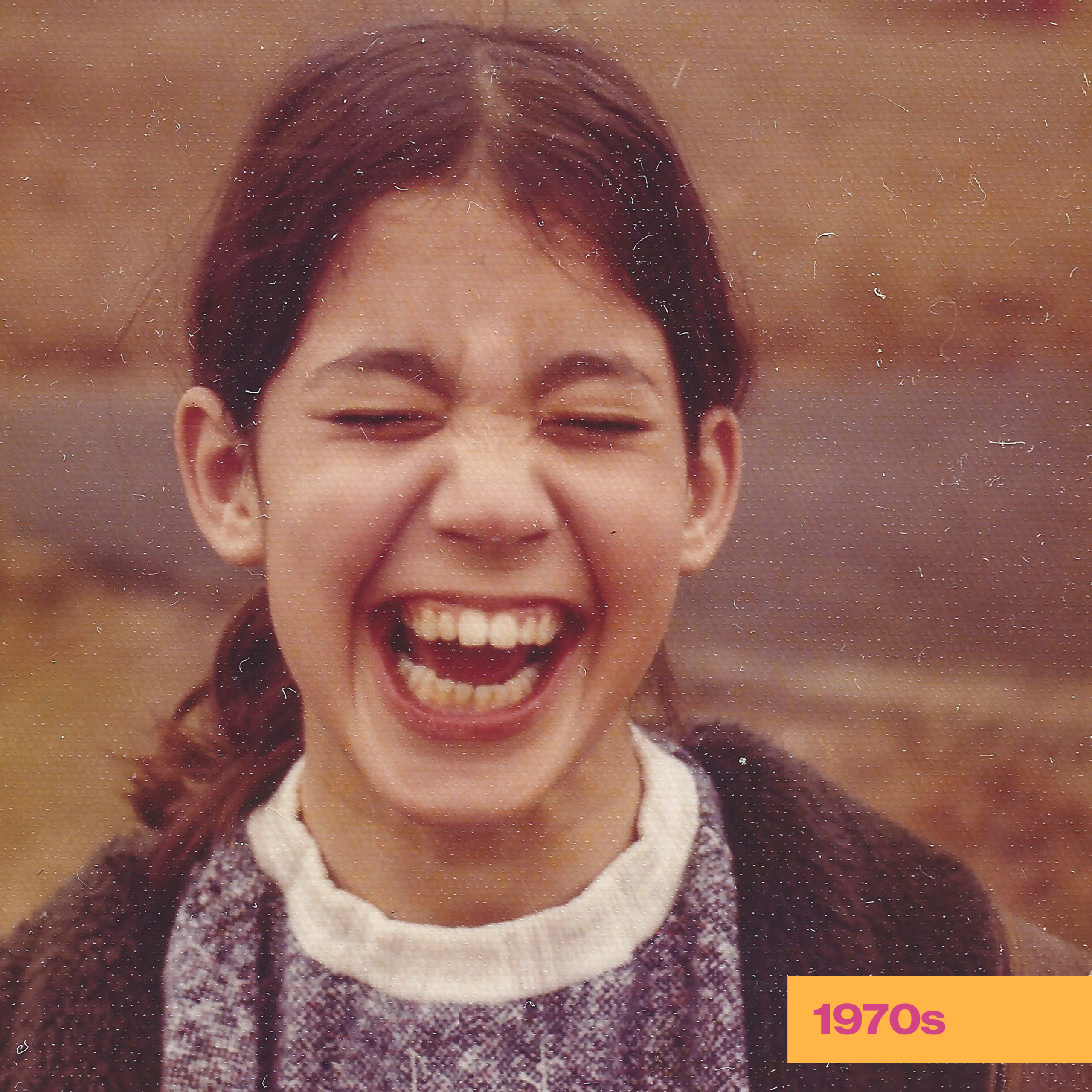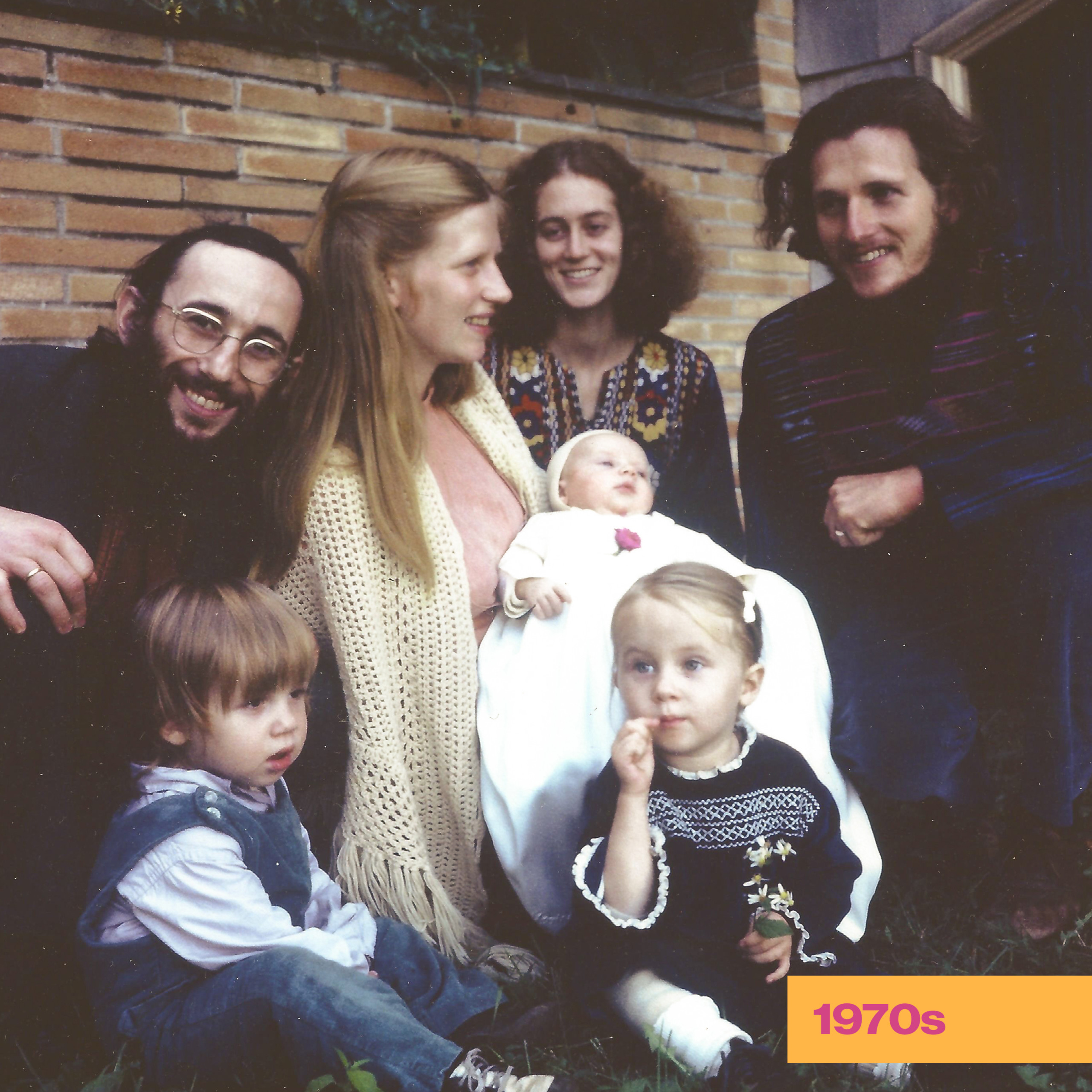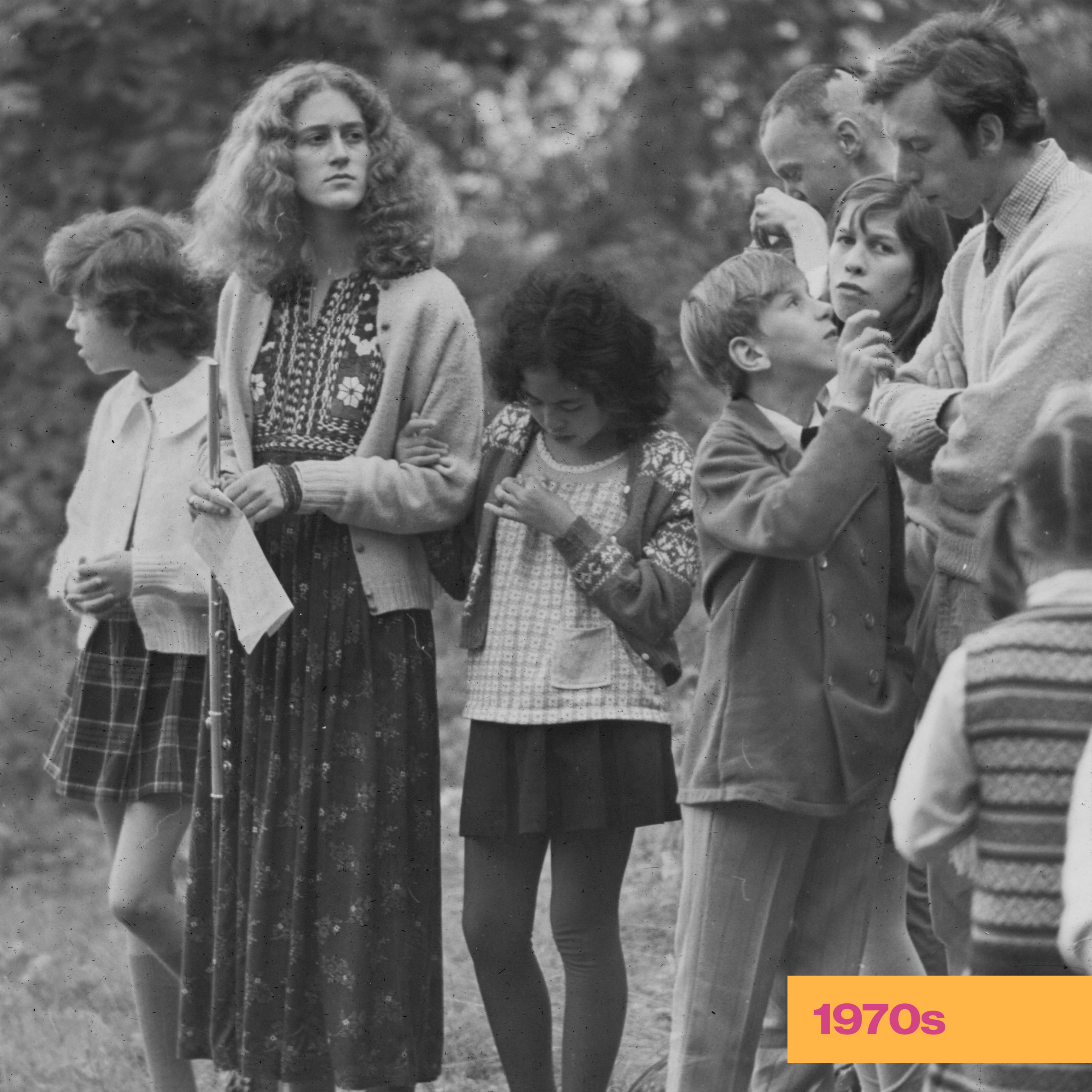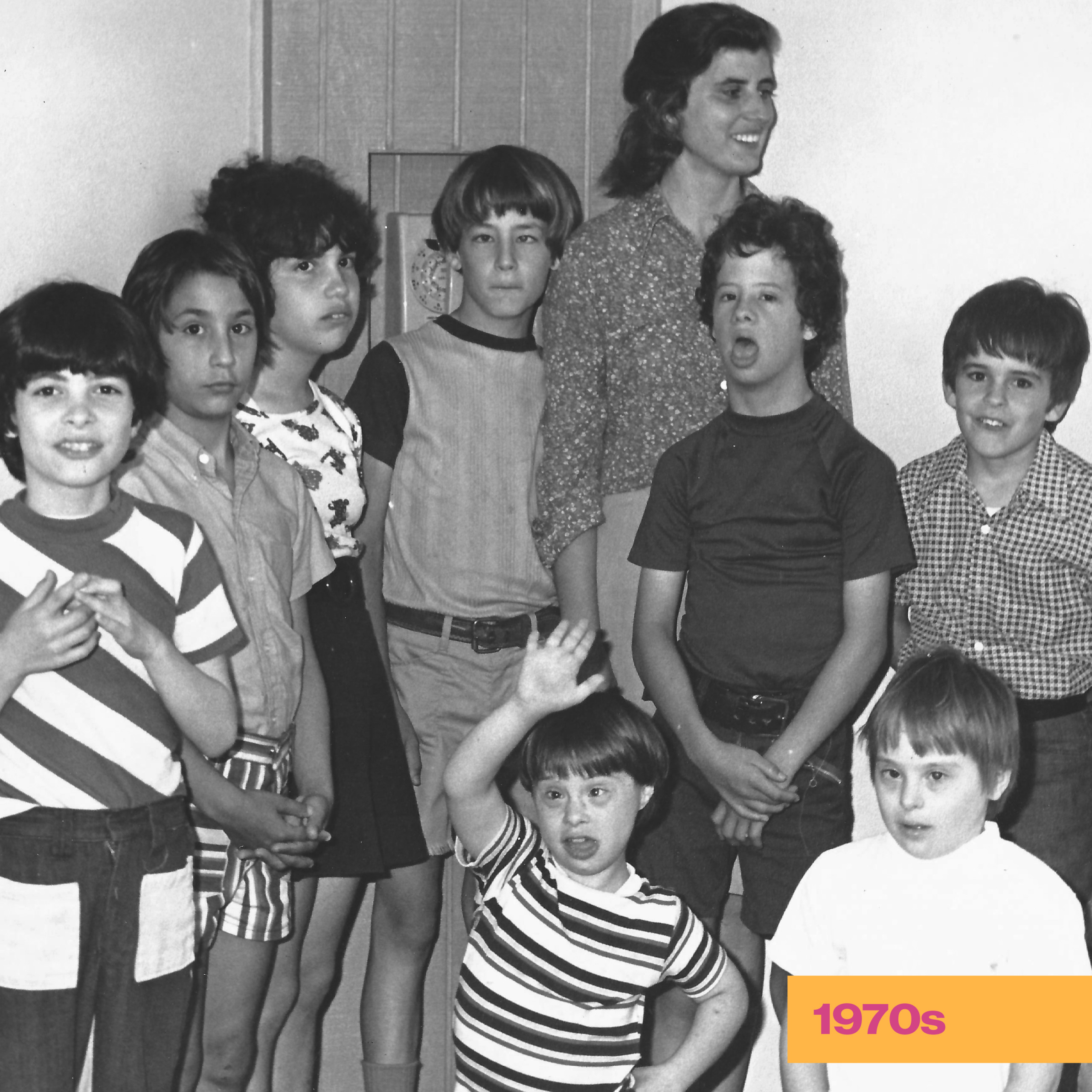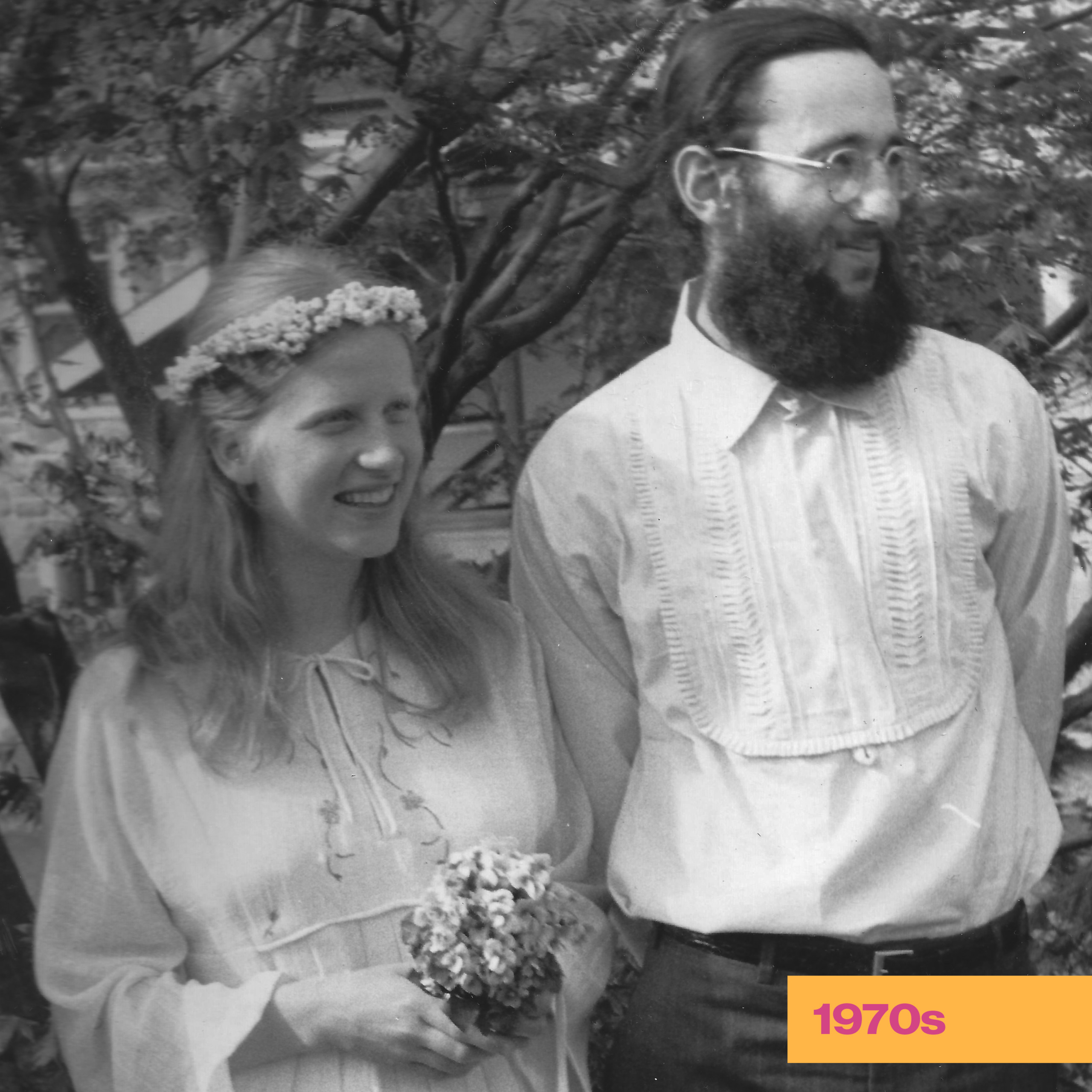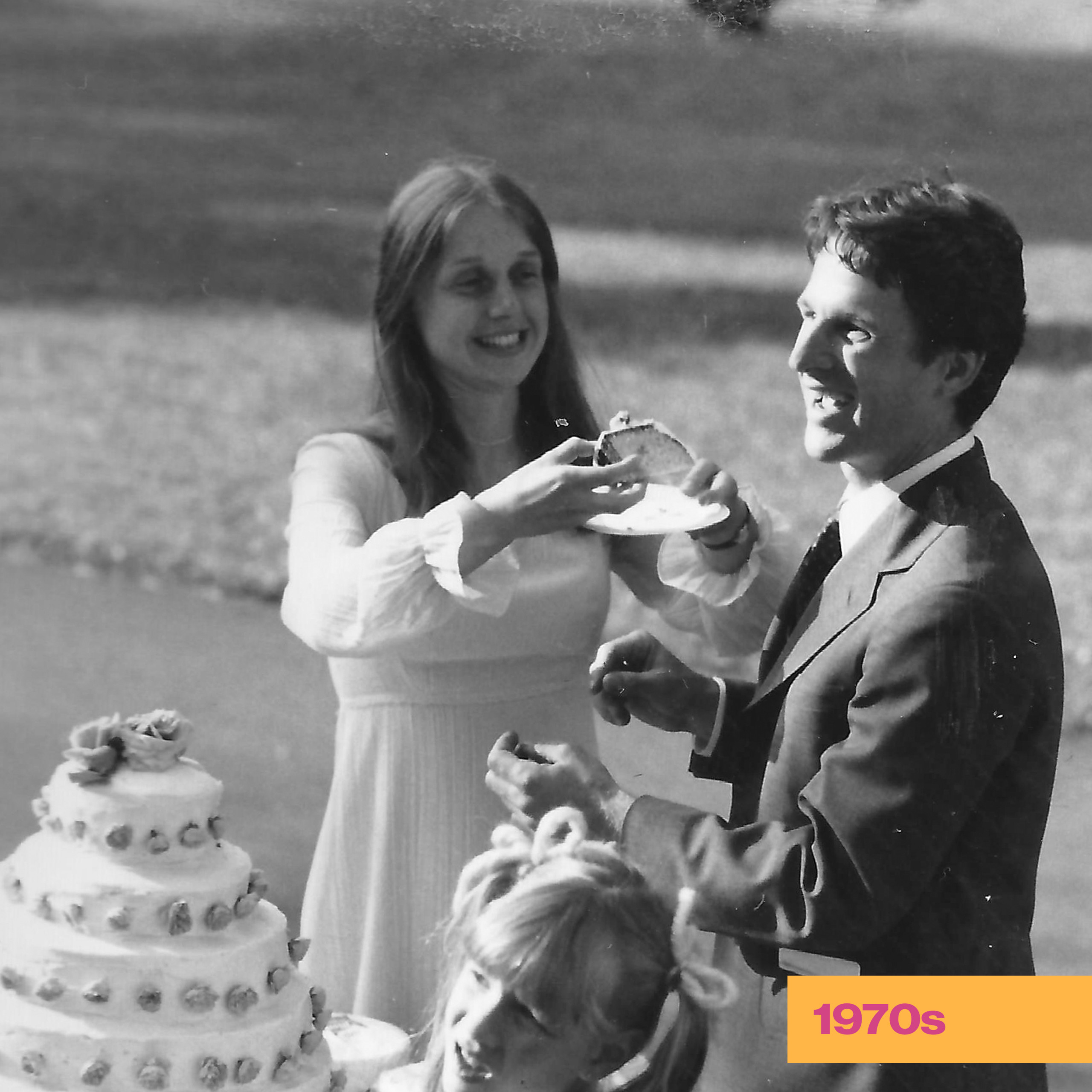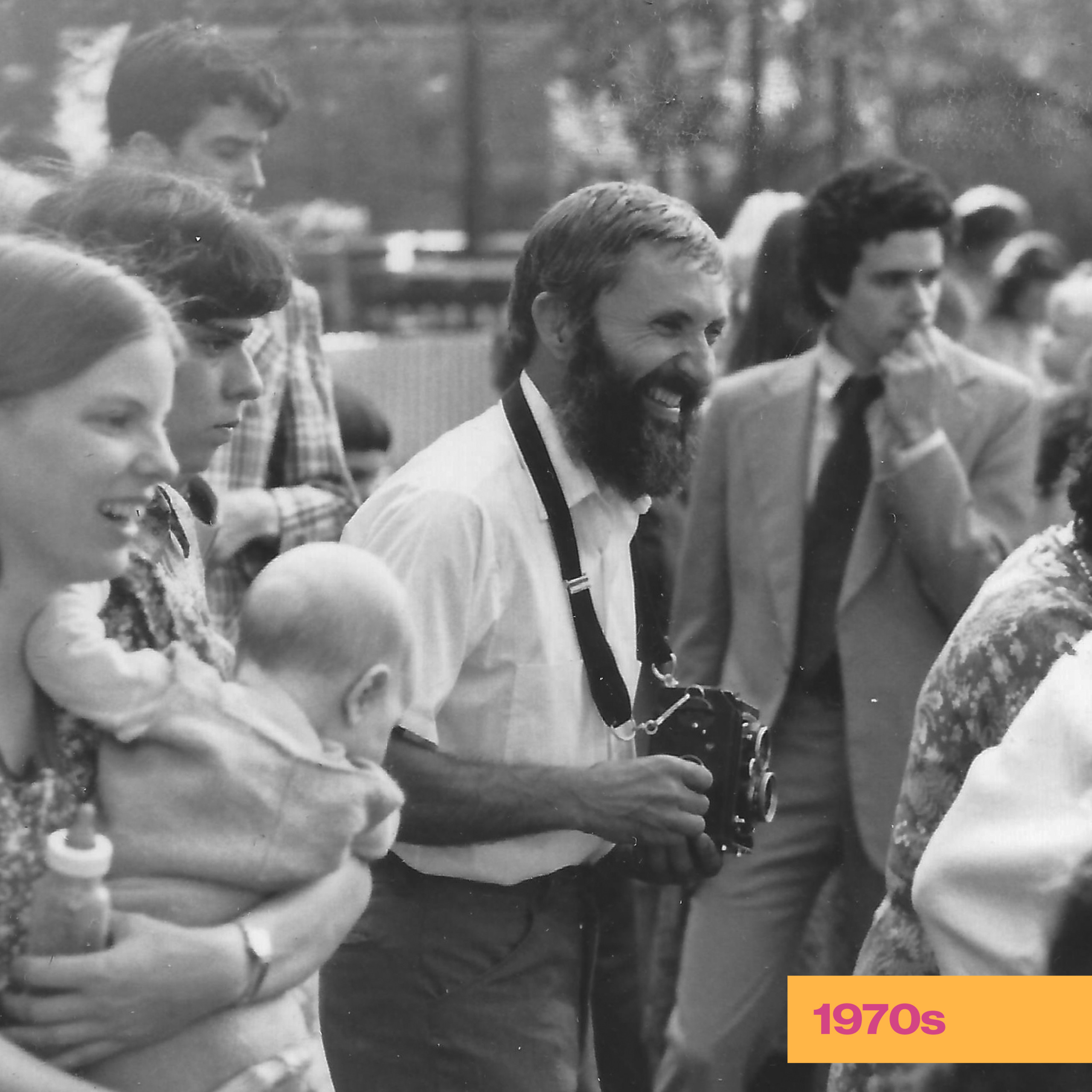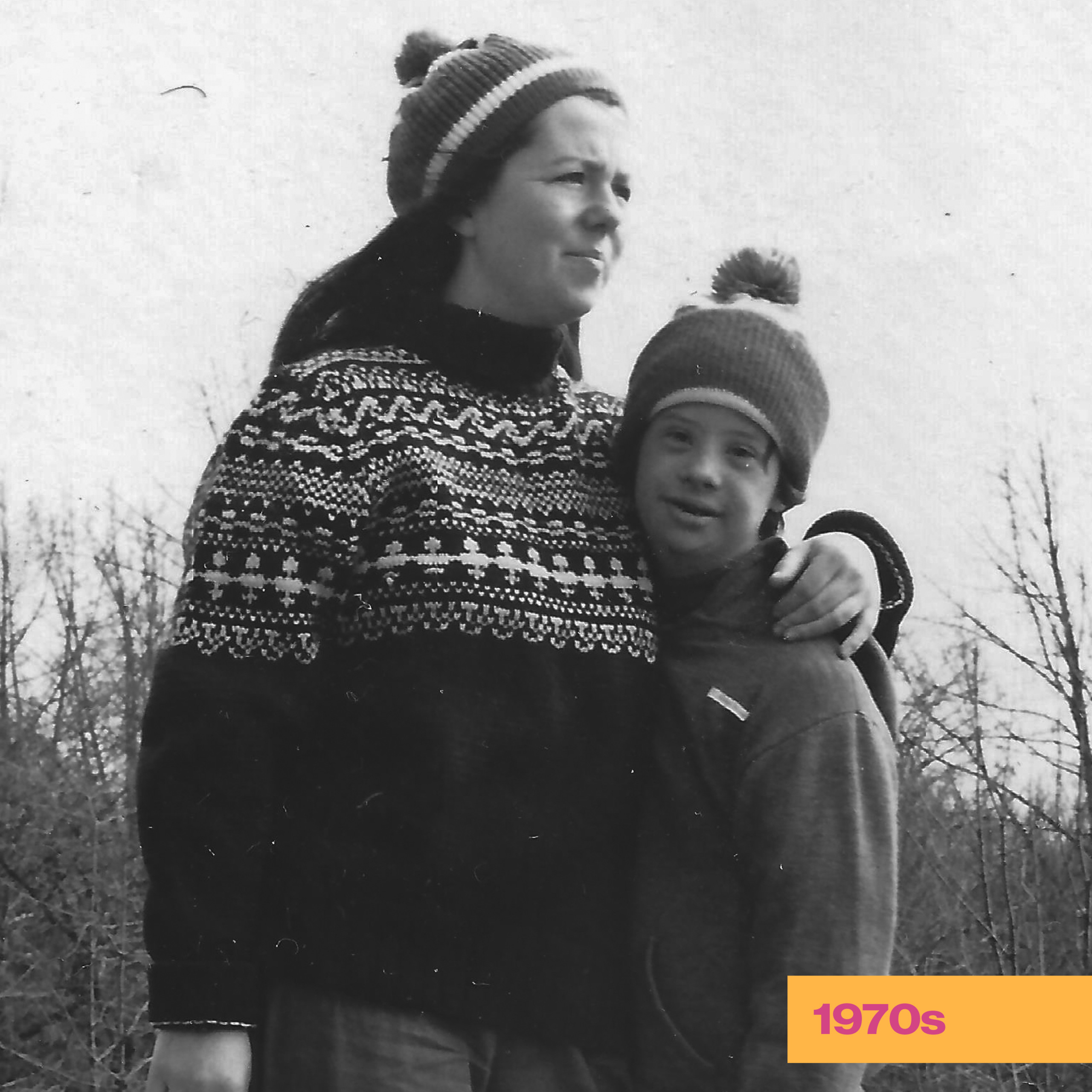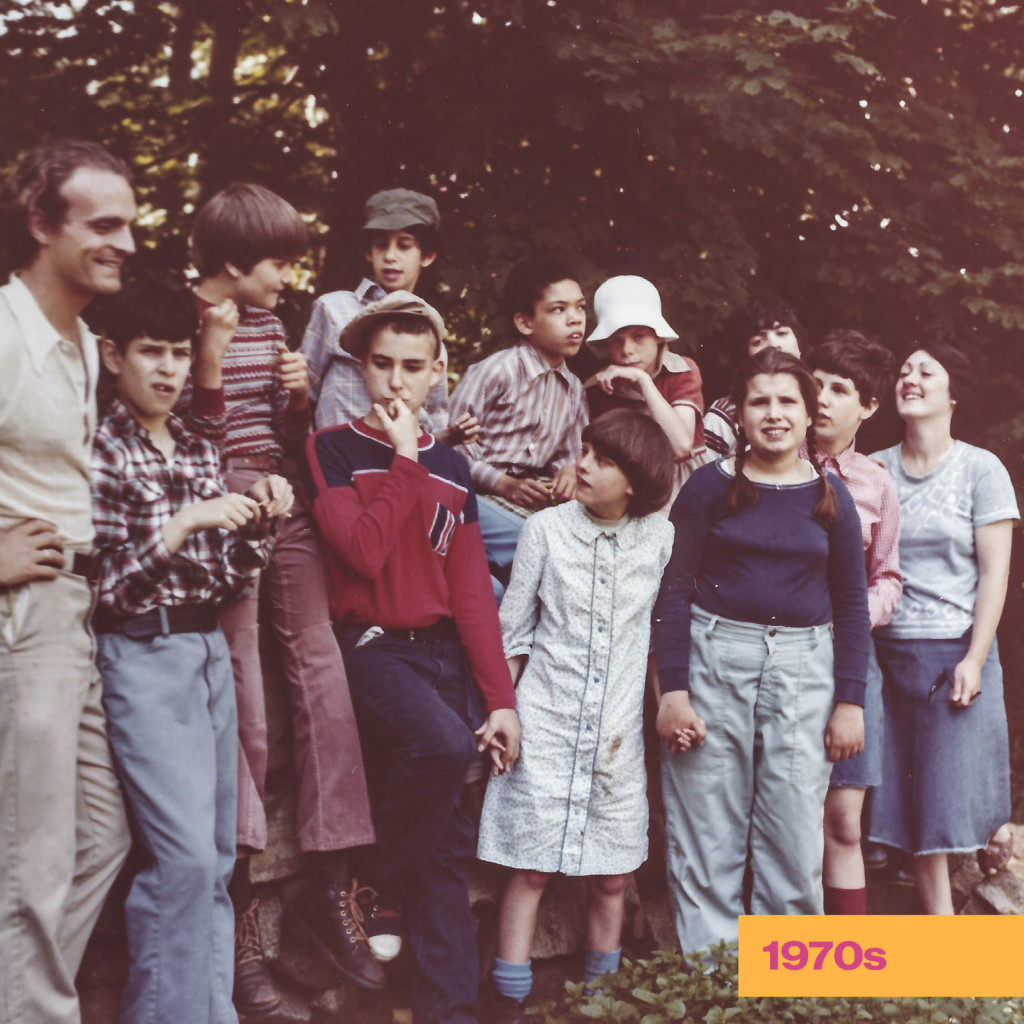The Camphill School History – 1970s
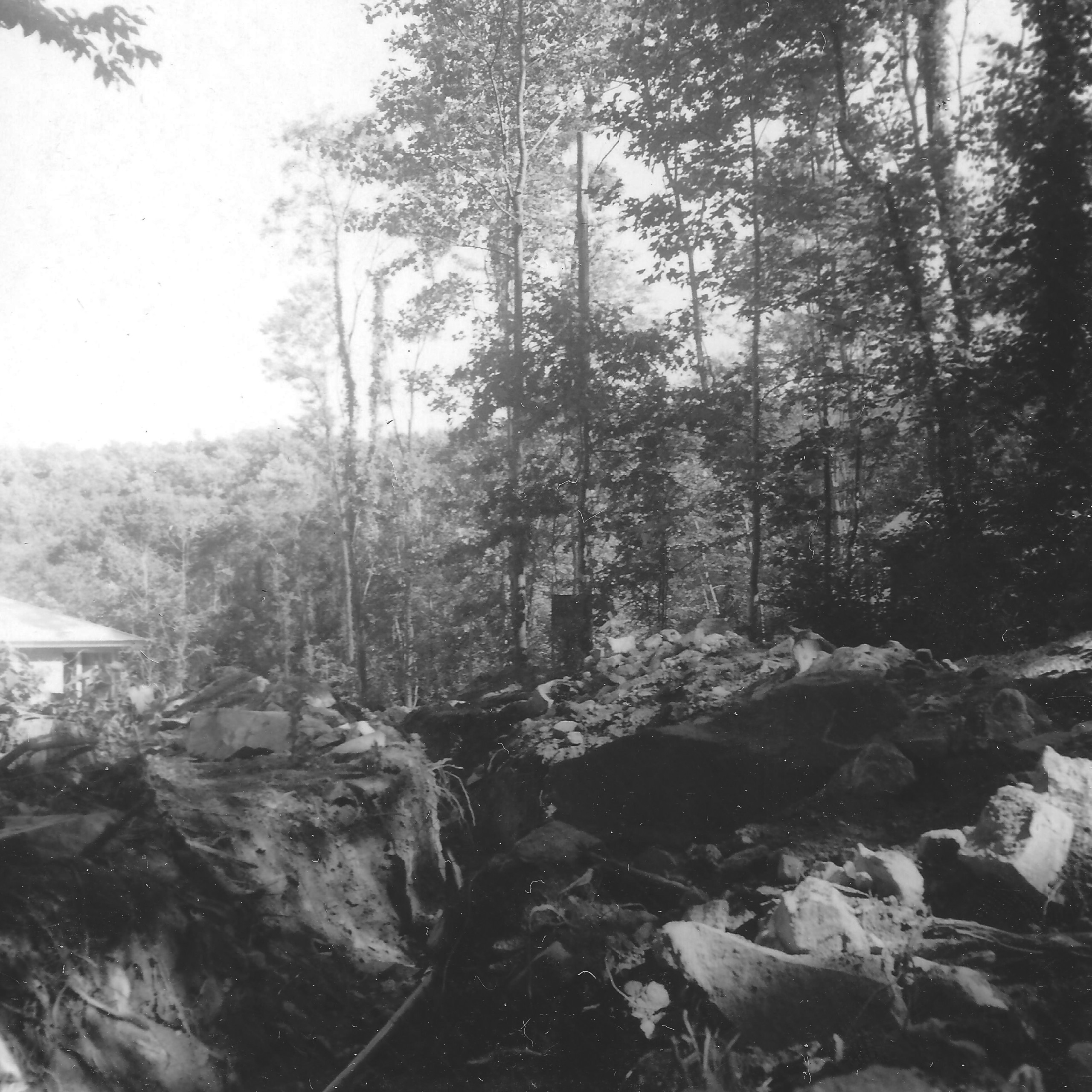
The Camphill School experienced a decade of rapid growth in its first ten years. Children from all over the country were coming to study here. Volunteer numbers increased dramatically, and suddenly, physical space became a serious concern. By 1969, the village had three residential houses, and Rainbow Hall had just opened as a community space for large gatherings. However, the teachers and students needed proper classroom spaces.
In her book, Ursel Pietzner describes the early stages of our school house building.
Eventually, Camphill Special School came to the attention of Pennsylvania’s government in Harrisburg, State Departments of Education and Welfare. We had good contact with state officials, and through them to Washington. Therefore we were asked to build more houses, and received a Federal grant of $250,000 (a lot of money at that time!), to be matched by us (mortgages). This pilot project included five houses, which were to be built all at the same time (for $500,000). It started in October 1969 with the excavation for house number 4, then 5, 6, 7, and 8. All of the sites were in the wild jungle-like woods!
In 1970 the houses were moved into: “Oak Hill” (Erika and Jürgen Nauck), “Ember” (Steve and Hedda Ljovshin), “Woodledge” (Alice and Alwin Schwabe), “Trillium” (Ingolore and Manfred Maier), “Garden House” (Herta and Andrew Hoy). These five new houses constituted two new neighborhoods—the upper and garden neighborhoods. Into the five new houses nineteen new children were admitted by October 1970. Imagine what that meant! Apart from now planning a schoolhouse, also our tiny office in the “Chantry” needed more space and was moved to the “Little House” that our caretaker, Jim Muray and his wife, had vacated. Mr. Muray had faithfully helped as a maintenance man during the initial years with anything needed on the estate and as a driver to Kimberton Farms School for our staff children.
Because he had served the previous owners (Macklins) and knew this property, he was a tremendous help to us. Now parents could come to the school’s campus because the office work had its own space in the “Little House.” Previously, interviews with children applying to Beaver Run had been conducted mainly in New York City by Carlo Pietzner.
With so many new children how could we settle into an ordered life without proper classrooms? In the Spring of 1974 (May 30) groundbreaking for the new schoolhouse took place. On Michaelmas day (September 29) the foundation stone was laid. Joanna van Vliet did eurythmy on the wet cement floor (it had rained), a pageant was performed, and all the teachers signed a document of commitment to the school. In 1975 the new schoolhouse, “Karl König House,” was in full use.
Here, on top of the hill, where previously Granny Lueder had planted and watched a patch of corn grow ripe (guarding it by night with a flashlight against raccoons!), and where we also had St. John’s fires, now stood a big, beautiful schoolhouse, a statement for our curative education impulse and a commitment to Waldorf education.
